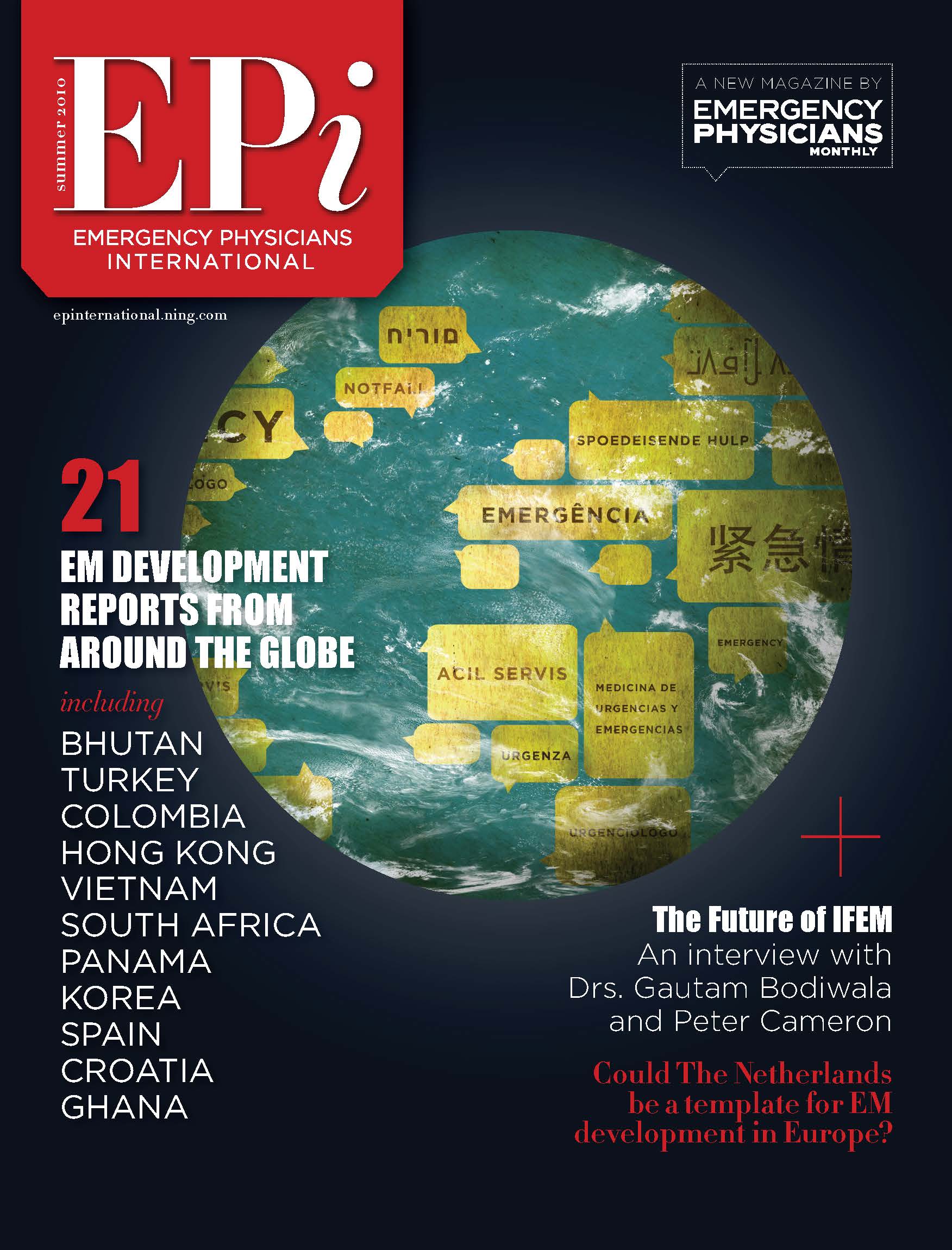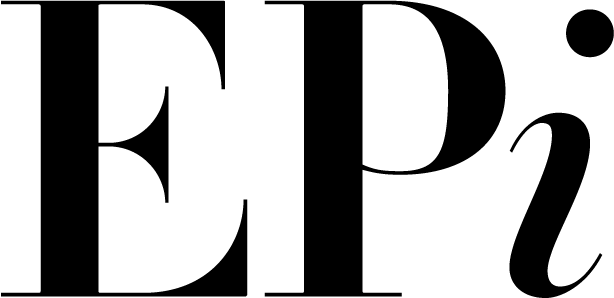What Does it Take to Make a Change?
I stood in a small emergency room in Fond-des-Nègres, Haiti, during my third year of medical school. The chaos of injuries from multiple vehicle accidents unfolded in front of me. Someone handed me a bag of supplies, indicating that I should start placing IVs, stitching lacerations, and setting broken bones. This was my first real exposure to emergency medicine. Fear gripped me—but so did excitement. I observed for few minutes, watching the only other doctor perform her duties. Then I took a deep breath and started to work. Over the next week, both day and night, I was there for every accident. Even though I was a student, I was often responsible for managing the care of patients in their emergency room. This launched my career into emergency medicine and solidified my niche in global health.
The earthquake that struck Haiti in 2010 left an already devastated country even more broken. Initially, relief poured in, millions of dollars were donated, and health care providers flocked to help. Then, one day, it all stopped. Newly-built clinics were left empty. Projects were started and left unfinished. Patients who managed to see a doctor were abandoned. This happens all too often with global disaster relief: once the dust settles from the immediate catastrophe, there is a perception that emergency services are no longer needed. Emergency physicians are some of the most well-equipped first responders to disasters as they can be thrust into the unknown and thrive. However, I would argue that when the disaster dies down, emergency physicians are still needed. As I prepared to leave Haiti, the hospital staff told me that they hoped I would return. I could tell by the look in their eyes that they really meant it. It wasn’t a polite “hope to see you again,” but a plea: “We need help. Please come back.”
During my final year of medical school, I spent a month with a fellow medical student in the Republic of Congo. We left the day after match day, so our futures were secure—he was starting in general surgery and I was going to be an emergency physician. We flew for over 30 hours to the jungles of Impfondo, and took a jeep down rugged roads to arrive at the hospital campus. Originally designed as a communist camp to indoctrinate youth, it was reclaimed to provide emergency, surgical, medical and obstetric care. I was thrilled to find out that the doctor I would be working with was emergency trained, and I was stunned by the vast skillset of the local doctors. The hospital’s isolation made it nearly impossible to reach any outside surgical facilities, so the family and emergency physicians had learned to perform surgeries. They operated every day, doing whatever was necessary: bowel resections and anastomoses, cesarean sections, hernia repairs, and hysterectomies. Beyond that, daily activities consisted of rounding in adult and pediatric wards, addressing acute problems in the ER, managing clinic patients, and delivering babies. They were on call 24/7. They were the most well-rounded physicians I had ever encountered. I wanted to be like them.
One morning, the midwife interrupted rounds to ask for help with a breech baby. They had tried on their own, but once the body was delivered, the head became stuck. We sprinted across the outdoor campus to the OB ward, delivered the baby and attempted resuscitation. We were unsuccessful. Maybe with more resources, I told myself as we returned to rounds. Maybe next time.
Soon we were interrupted again. A 4-year-old girl arrived with a fever of 105 and intractable seizures. Her parents had overdosed her anti-malarial medications to try to cure her faster. I ran into the room and started the resuscitation with only one nurse. The patient’s glucose levels were undetectable, so we scrambled to mix dextrose and draw up Ativan. We were out of Tylenol, so we attempted to cool her with water and cloths—there is no ice in the 110-degree jungle. The Ativan didn’t work, and the parasites and the medication ate up the sugar as fast as we gave it. I knew we had phenobarbital somewhere, but in the heat of the moment we couldn’t find it. After twelve hours, I was too exhausted to continue the resuscitation. The little girl passed away. I found the phenobarbital in the storage closet a couple of days later.
This was not an abnormal day in the Congo and there was no time to stop. Another child came in with shortness of breath. With our bedside ultrasound, we found that his pneumonia had turned into a pleural empyema, so we placed a chest tube. Our HIV patient was decompensating, and we were concerned he had toxoplasmosis of the brain. With limited resources, we struggled to do our best for each patient.
Prior to medical school I earned my master’s in public health with a focus in community nutrition. The more I learned about medicine, the more I wanted to tie in public health practices. Experiences abroad quickly opened my eyes to the need for sustainability. I wanted to answer the plea of the Haitian doctors, but I wanted my efforts to be long-lasting, reproducible, and self-sustaining. I couldn’t do it alone. The change needed to be bigger than me. In my final year of medical school, with incredible support from close friends and family, Make A Change International was born. We hoped to bridge some of the gaps between what other groups were already doing around the world and provide solutions to the lack of sustainability in global health. Mother Teresa said, “I alone cannot change the world, but I can cast a stone across the waters to create many ripples.” We wanted to create ripples.
Since starting Make A Change International, we have partnered with multi-disciplinary groups including internal and emergency medicine, otolaryngology, and orthopedic, gynecologic, and general surgery. We have supported projects in the Dominican Republic, Haiti, India, the Philippines, the Republic of Congo, Rwanda, Honduras, and South Korea. Our focus is on establishing partnerships with global organizations and health providers, to empower the local communities in sustainable development. One of our partners has focused on public health projects, such as a water treatment facility. This led to drastic health improvements, initiated local collaboration, and built trust. In addition, it created a business opportunity for the town to sell clean water, providing a source of income to hire local physicians and nurses to staff clinics. Coupling budding infrastructure with developing primary care services is leading to further advancement, including the ability to offer surgical services and development of ultrasound training.
Now I’m a third-year emergency medicine resident in Detroit, Michigan. I have had excellent training, and learned to work in a resource-limited setting in my own country, as well as abroad. I’ve recently returned to Haiti, where I had the great privilege of taking a multi-disciplinary team of pediatric, emergency, and internal medicine physicians, emergency nursing, and pharmacy staff. I partnered with the same group I worked closely with in medical school. They allowed me to use their clinic in Jerusalem, a mountainside community that was built after the earthquake. We planned for 60 patients a day, but that number soon rose over 100 as adults and children lined up to be seen. I had the consulting power of medicine and pediatrics on my side, and I am gaining the skills of the physicians I admired in the Congo. I felt ready. A patient arrived in hypertensive emergency, so I placed an IV and started medications. An elderly woman had dislocated her shoulder a week prior; we rigged up some cloth and some rocks and let the weight slowly pull the joint back into place. I had etomidate if I needed it for sedation.
A young man with necrotizing fasciitis of his finger refused amputation. He received antibiotics and left. Sadly, I never heard back from him and I expect the worst. A woman who was 26 weeks pregnant arrived hypotensive, febrile, and had started bleeding. I didn’t have an ultrasound machine with me, so we gave IV fluids and antibiotics and sent her to a hospital. She couldn’t pay and wasn’t seen. A man came in with a knee effusion, which a local practitioner had attempted to treat with leeches. We drained the fluid so he could walk and work again. A man had an angiosarcoma growing out of his eye for so long that it covered half of his face. We removed it so that he could eat.
This is the reality of global health in this community and many others around the world. Though we have small victories, though the needs fade from the public eye, the disasters continue. These are not problems that can be fixed or solutions that can be finished so easily. However, as emergency physicians we have a vast arsenal at our disposal: broad medical knowledge, procedural skills, ultrasound, disaster response training, and public health. We are uniquely suited to make ripples.






